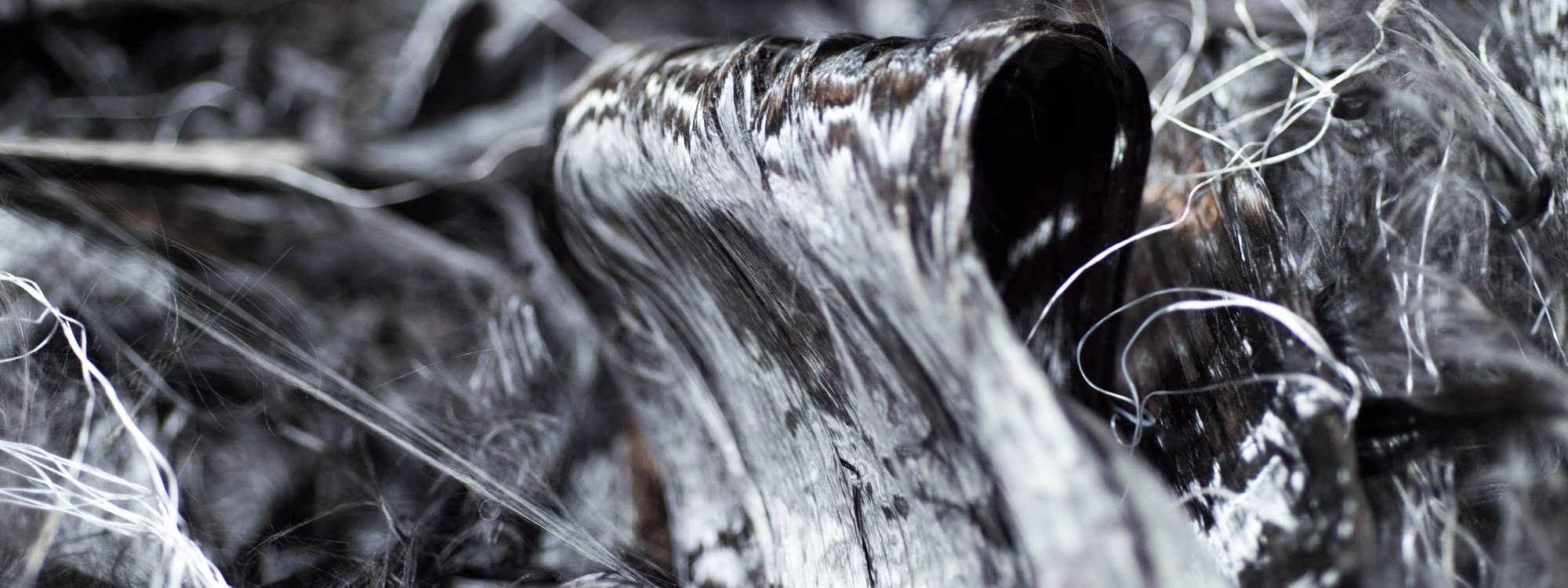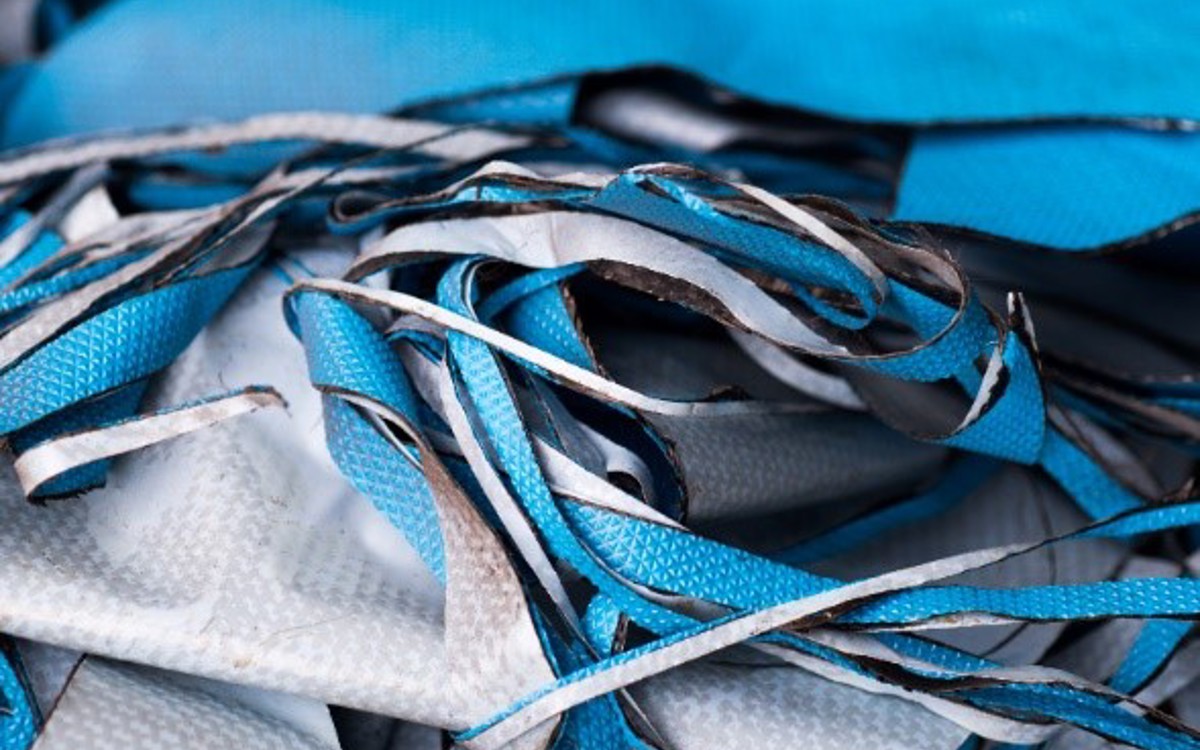
Making new products from composite waste
The NCC and ELG Carbon Fibre Ltd are working together to demonstrate a sustainable, commercially viable, circular economy for the composites industry.
Waste
Out of life prepreg, ply cutter nesting waste, dry fibre and cured components are all segregated at the NCC. Materials are gathered into a format suitable for storage and transportation to the ELG facility.
Recycling
Waste material is sent though a series of processes developed, optimised and commercialised at ELG's plant in the UK. Pyrolysis removes everything but the high-value carbon fibres, which would have otherwise gone to landfill. ELG’s processes have been developed and proven on a commercial scale to return these fibres back into a useable material.
Re-processing
Fibres converted into a nonwoven mat in the form of ELG’s Carbiso M™ have been used by the NCC in a number of composite manufacturing processes, including resin infusion and closed mould processes.
In closed mould pressing processes, the nonwoven mat demonstrates itself as material in its own right as opposed to just a low-cost recycled option. The nature of the mat allows for complex geometries to be formed with little to no preforming. Using the mat, the NCC demonstrated this on a suspension arm; impossible to form with virgin fabrics unless heavily preformed first.
Closing the loop
These aerospace grade, high-value fibres are recovered and reformatted into new products for use in a variety of sectors. Following their secondary use, fibres can be reprocessed again into much shorter lengths for injection moulding and coating applications. ELG's recycled chopped and milled fibre can be utilised in over moulded composite structures like those researched and developed at the NCC.

